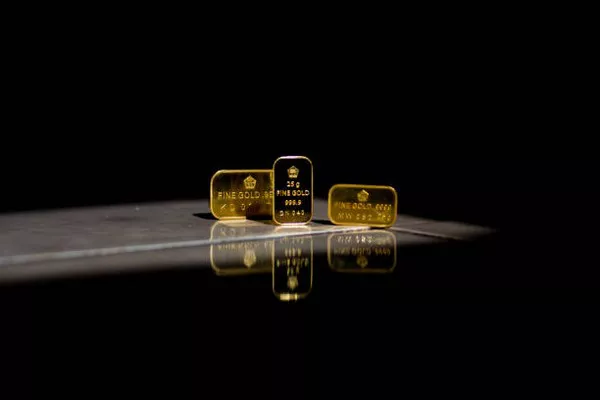Gold coins have been a symbol of wealth and prosperity for centuries, attracting investors, collectors, and enthusiasts alike. However, determining the cost of a gold coin involves a complex interplay of various factors. In this article, we will delve into the key elements that influence the price of gold coins, providing readers with a comprehensive understanding of the market dynamics surrounding these precious commodities.
Gold Content and Purity:
The most fundamental factor influencing the cost of a gold coin is its gold content and purity. Gold coins come in different purities, with 24 karats being the purest form. The higher the gold content, the more valuable the coin. Investors often prefer coins with higher purity, as they contain a greater percentage of gold by weight. However, it’s essential to note that coins with lower purities may have historical or numismatic value, impacting their overall cost.
Weight:
Another critical factor in determining the cost of a gold coin is its weight. Gold is typically measured in troy ounces, and the weight of a coin significantly affects its market value. Larger and heavier coins will naturally cost more due to the increased amount of gold they contain. Investors should be aware of the weight when assessing the value of a gold coin, as it directly correlates with its intrinsic worth.
Numismatic Value:
Numismatic value refers to the historical and collector’s worth of a gold coin. Rare coins, those with historical significance, or those minted in limited quantities can command higher prices, irrespective of their gold content. Collectors often seek out coins with unique features, such as rare mint marks, specific historical periods, or notable designs, contributing to the numismatic value. As a result, the cost of a gold coin can vary significantly based on its appeal to collectors and history enthusiasts.
Condition and Grade:
The condition of a gold coin is a crucial determinant of its cost. Coins that have been well-preserved over the years, with minimal wear and tear, are generally more valuable than those in poor condition. Grading agencies, such as the Numismatic Guaranty Corporation (NGC) or the Professional Coin Grading Service (PCGS), assign grades to coins based on their condition. The higher the grade, the more desirable the coin becomes to collectors, impacting its overall cost in the market.
Minting Source:
The minting source or origin of a gold coin can also influence its price. Coins produced by renowned and historically significant mints may command higher prices due to their reputation for quality and craftsmanship. Examples include coins minted by the United States Mint, the Royal Mint in the United Kingdom, or the Perth Mint in Australia. Collectors often prefer coins from reputable mints, and this preference can contribute to variations in the cost of gold coins.
Market Conditions:
The broader economic and market conditions play a crucial role in determining the cost of gold coins. Like any other commodity, the price of gold is subject to market fluctuations influenced by factors such as inflation, interest rates, geopolitical events, and global economic trends. Investors should be mindful of these external factors, as they can impact the overall demand for gold coins, subsequently affecting their prices in the market.
Dealer Premiums and Fees:
When purchasing gold coins, buyers must consider the premiums and fees imposed by dealers. Dealers charge premiums over the spot price of gold to cover their costs and make a profit. These premiums can vary among dealers, and buyers should compare prices from different sources to ensure they are getting a fair deal. Additionally, buyers should be aware of any additional fees, such as shipping or handling charges, which can contribute to the overall cost of acquiring gold coins.
See Also See Also How Many Grams In A Carat Of Gold
Conclusion:
In conclusion, the cost of a gold coin is influenced by a myriad of factors, ranging from its gold content and purity to its numismatic value, condition, minting source, market conditions, and dealer premiums. Investors and collectors alike should carefully consider these factors before making a purchase, as each element contributes to the overall value and desirability of a gold coin. By understanding the complex dynamics that determine the cost of gold coins, individuals can make informed decisions and navigate the market with confidence, whether they are seeking a valuable investment or adding a unique piece to their coin collection.


